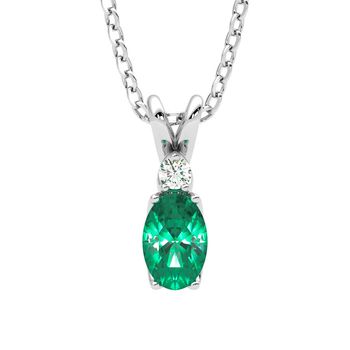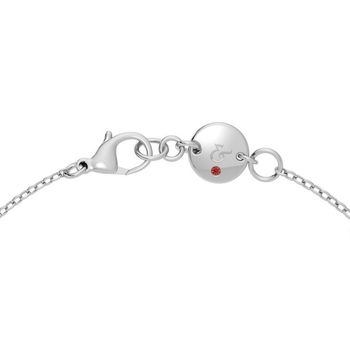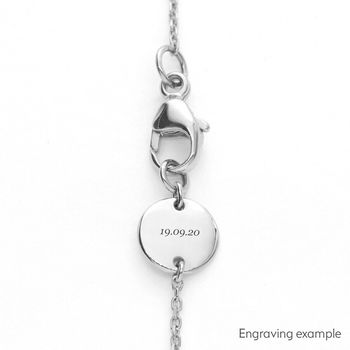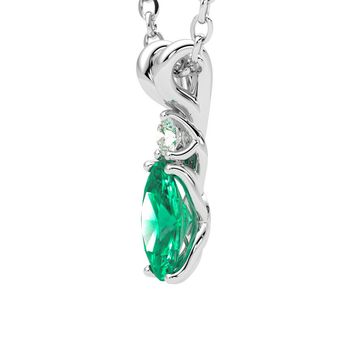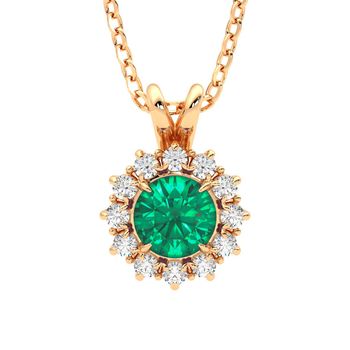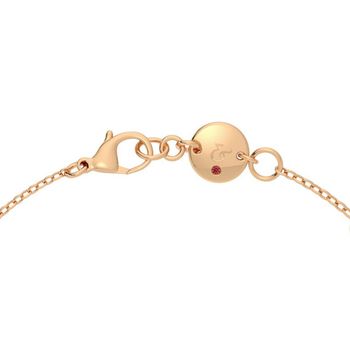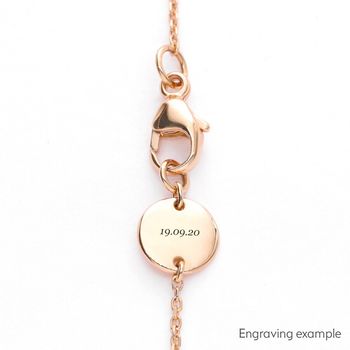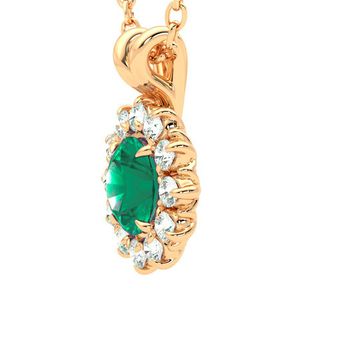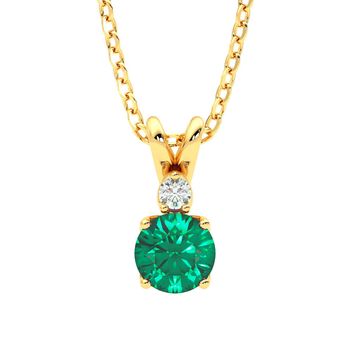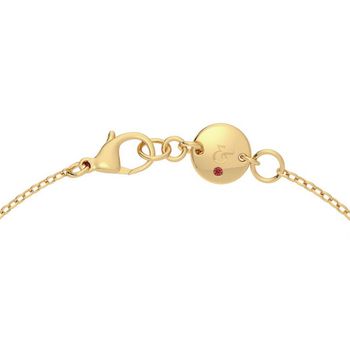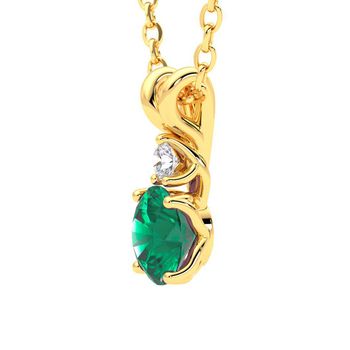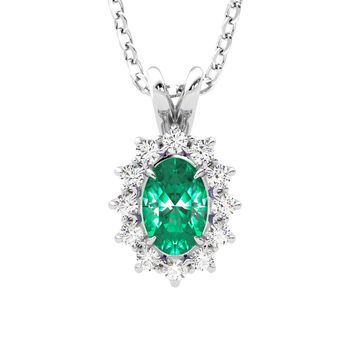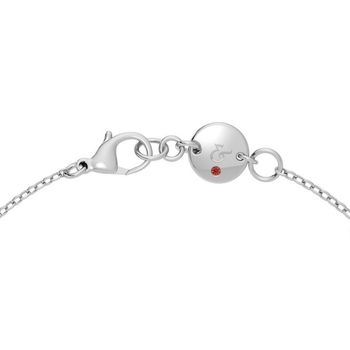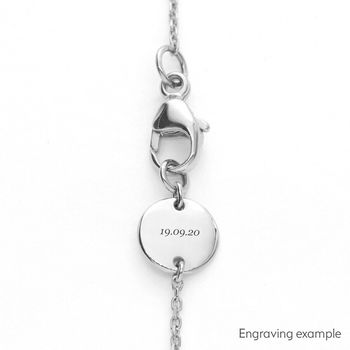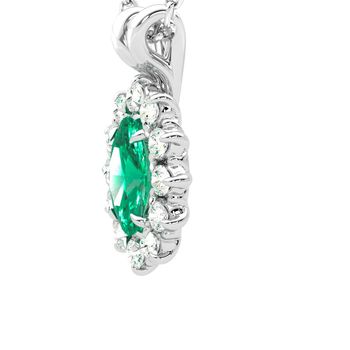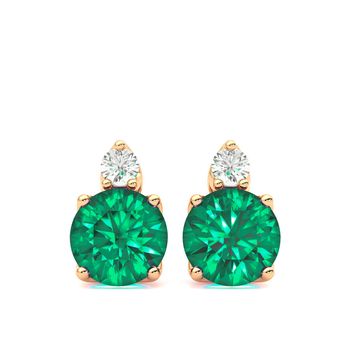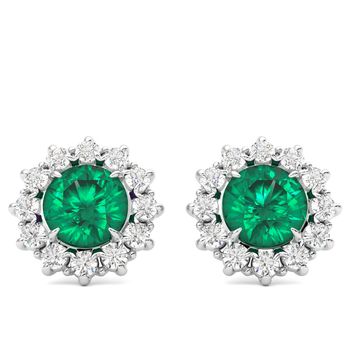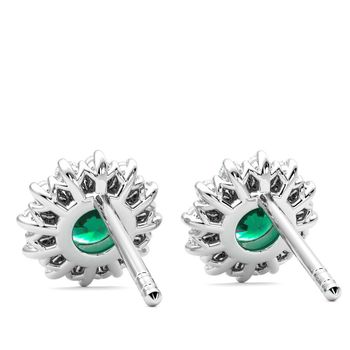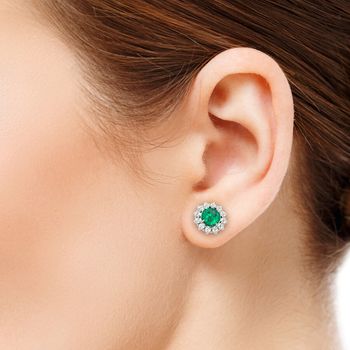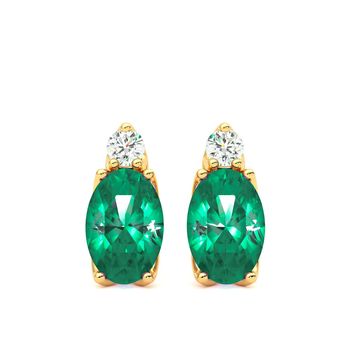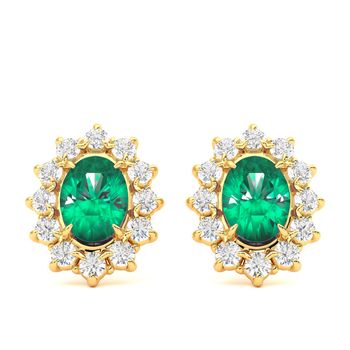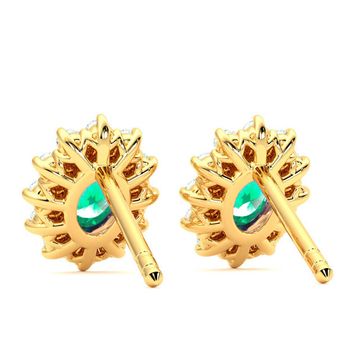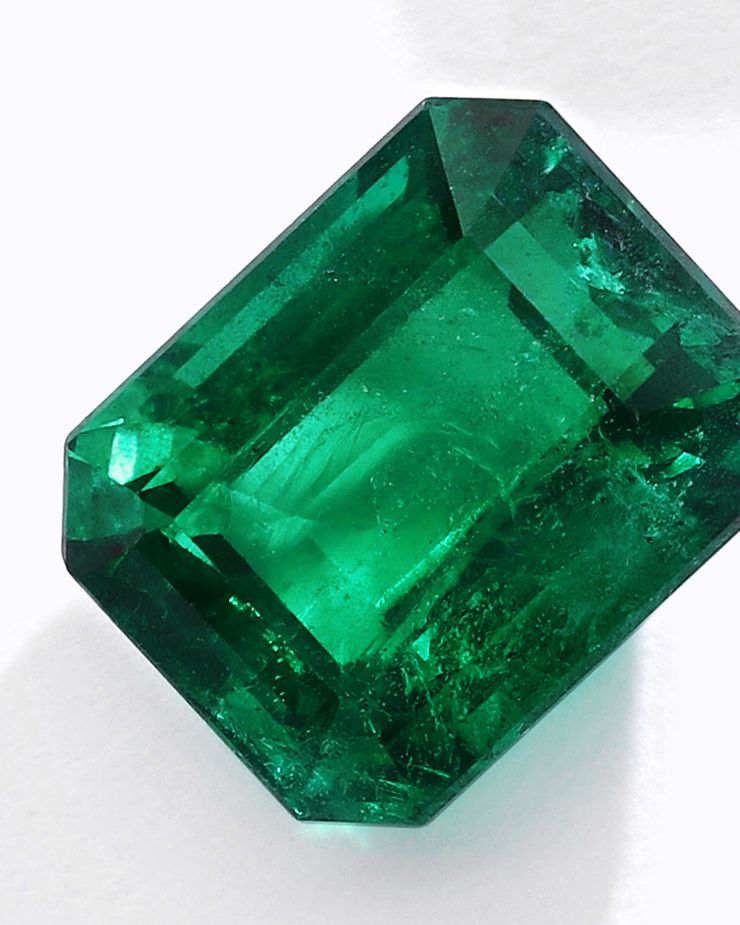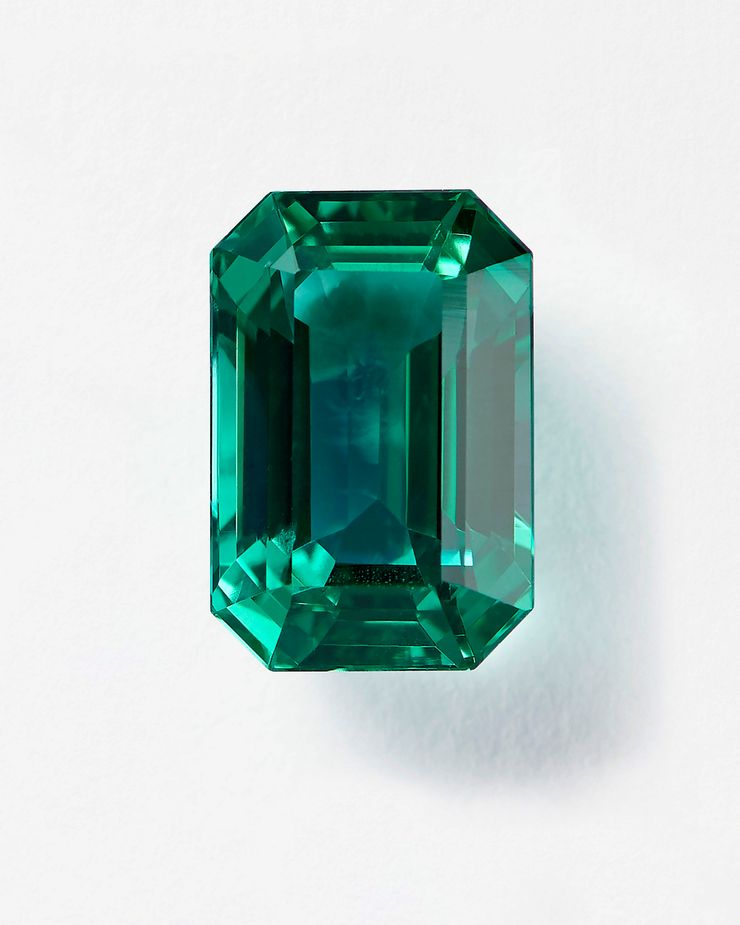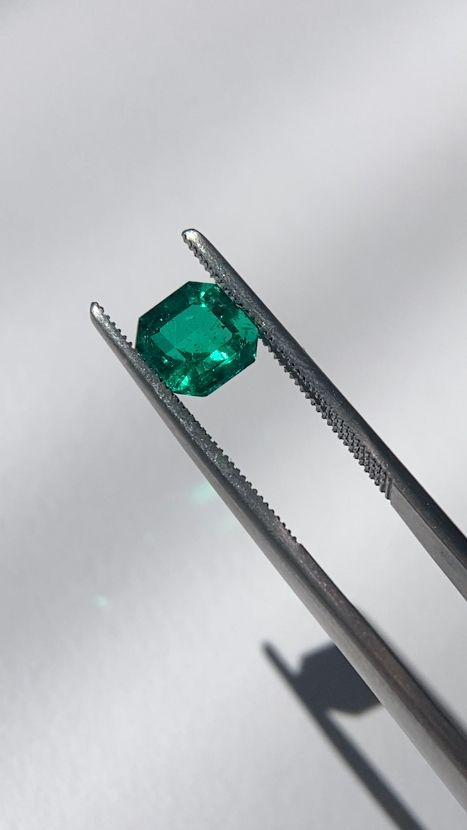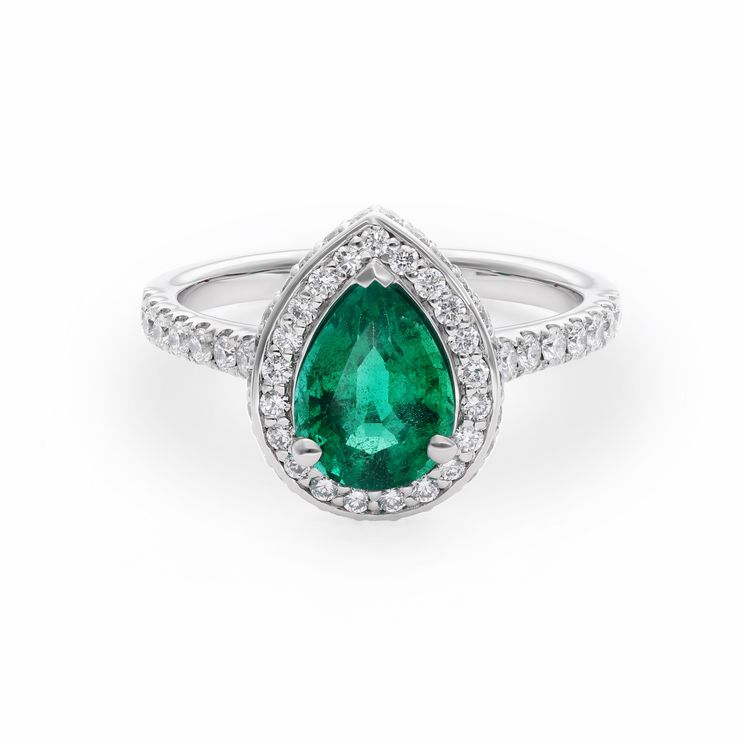These gemstones have distinct geological characteristics that highlight their appeal. Bear with us, this might get a bit technical.
Chemical Composition: Part of the beryl family, emeralds consist mostly of beryllium aluminium cyclosilicate. Also, the reason they’re green is because of trace amounts of chromium and vanadium embedded in their crystalline lattice.
Formation Process: Forming deep within the Earth’s crust, emeralds are affected by intense pressure and heat. This environment fosters the mixing of beryllium-rich minerals over millions of years. Totally worth the wait though.
Crystal Structure: Emeralds crystallize in a hexagonal system, manifested as six-sided prismatic structures, epitomising nature’s precise geometric formations.
Variability in Color: Each emerald showcases a unique spectrum of greens, ranging from deep, intense shades to lighter, more nuanced tones. This diversity in coloration is influenced by factors such as impurities and the specific geological conditions when they’re formed. It’s similar to hydrangeas, for the green fingered amongst us. The color of their petals is influenced by the PH levels of the soil they grow in-the same goes for emeralds but instead of PH levels, it’s influenced by the nutrients and minerals present in the earth where they form.
Inherent Characteristics: The term jardin, derived from French for garden, encapsulates the natural inclusions or flaws found within emeralds. These imperfections, ranging from tiny mineral inclusions to gas bubbles, contribute to the individuality and character of each gem and result in an almost moss-like appearance when you look beneath the stone’s surface – it’s part of its charm. Oui, oui.
Geographical Distribution: Major deposits of emeralds can be found in various regions worldwide, including Colombia, Brazil and Zambia. Each place influences them depending on what can be found underground, shaping their unique aesthetic and attributes. We have suppliers all across the world and will ensure we source the best stones based on your preferences. Whether you’re after an ever-so-slight teal tinge or whether you want the purest green stones, we’ve got you covered.
In essence, emeralds are a beautiful example of nature’s artistry that encapsulates really complex geological processes and has captivated admirers across civilizations for centuries.
